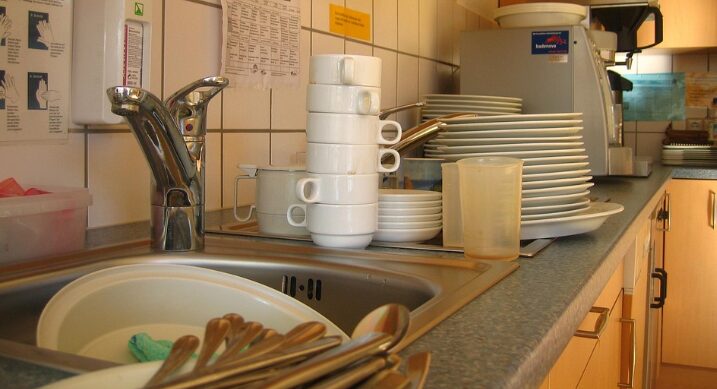A clean kitchen is the backbone of any food establishment. Whether you run a restaurant, café, or catering business, maintaining high hygiene standards is crucial for both food safety and regulatory compliance. Regular kitchen cleaning not only ensures a safe environment for food preparation but also prevents health hazards that can arise from neglected spaces.
Preventing Cross-Contamination
One of the biggest threats to food safety is cross-contamination. When bacteria from raw ingredients, unclean surfaces, or dirty kitchen tools spread to ready-to-eat foods, the risk of foodborne illnesses increases significantly. By implementing a strict cleaning routine, kitchen staff can minimize this risk. Disinfecting countertops, utensils, and cooking equipment regularly helps eliminate harmful pathogens that could compromise food safety.
Reducing the Risk of Pest Infestation
A dirty kitchen attracts pests such as rodents, cockroaches, and flies, which can contaminate food and spread diseases. Crumbs, grease buildup, and food spills create an inviting environment for these unwanted visitors. Regular deep cleaning, including removing grease from hoods and vents, disposing of waste properly, and sealing food containers, plays a vital role in keeping pests away. In addition, food establishments should schedule professional pest control inspections as part of their cleaning regimen.
Enhancing Air Quality and Kitchen Safety
Grease accumulation in exhaust systems and vents not only affects air quality but also poses a fire hazard. Smoke, dust, and airborne contaminants can make it difficult for staff to breathe, leading to discomfort and potential health issues. Regularly cleaning kitchen ventilation systems ensures a healthier working environment and reduces the likelihood of fire outbreaks caused by grease ignition.
The Importance of Thorough Cleaning Practices
Regular surface cleaning is essential, but deep cleaning is equally important to eliminate hidden dirt, grease, and bacteria. Thoroughly cleaning the area behind appliances, under sinks, and inside storage units helps remove food residue that could become a breeding ground for bacteria. Using appropriate cleaning agents and following industry guidelines ensures that all surfaces meet hygiene standards.
Compliance with Health and Safety Regulations
Health inspectors closely monitor the cleanliness of commercial kitchens to ensure they adhere to local health and safety regulations. Failure to maintain a clean kitchen can result in hefty fines, closure notices, or even loss of business reputation. By establishing a strict cleaning schedule and keeping records of cleaning activities, businesses can demonstrate compliance with hygiene standards and avoid potential legal issues.
Extending the Lifespan of Kitchen Equipment
Grease buildup, food residue, and dust can affect the performance of kitchen equipment such as ovens, fryers, and refrigerators. Regular cleaning prevents the accumulation of debris that may cause machinery to overheat or malfunction. This not only extends the lifespan of expensive appliances but also ensures energy efficiency, reducing operational costs in the long run.
Improving Customer Trust and Business Reputation
Customers expect high levels of cleanliness in any food establishment. A visibly clean kitchen and dining area reassure patrons that their food is being prepared in a sanitary environment. Word-of-mouth recommendations and online reviews can significantly impact a business’s reputation. Maintaining a pristine kitchen not only meets health standards but also helps build customer trust and loyalty.
Conclusion
Regular kitchen cleaning is an essential practice that enhances food safety, prevents health risks, and ensures compliance with regulations. From reducing cross-contamination to improving air quality and maintaining equipment efficiency, a clean kitchen contributes to the overall success of a food establishment. Implementing a thorough cleaning routine not only protects customers and staff but also strengthens a business’s credibility in the food industry.



































